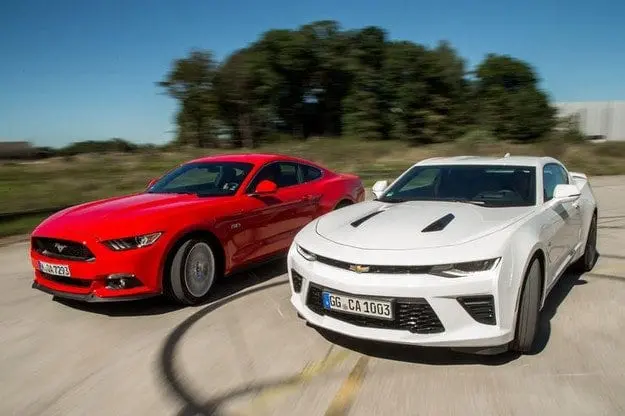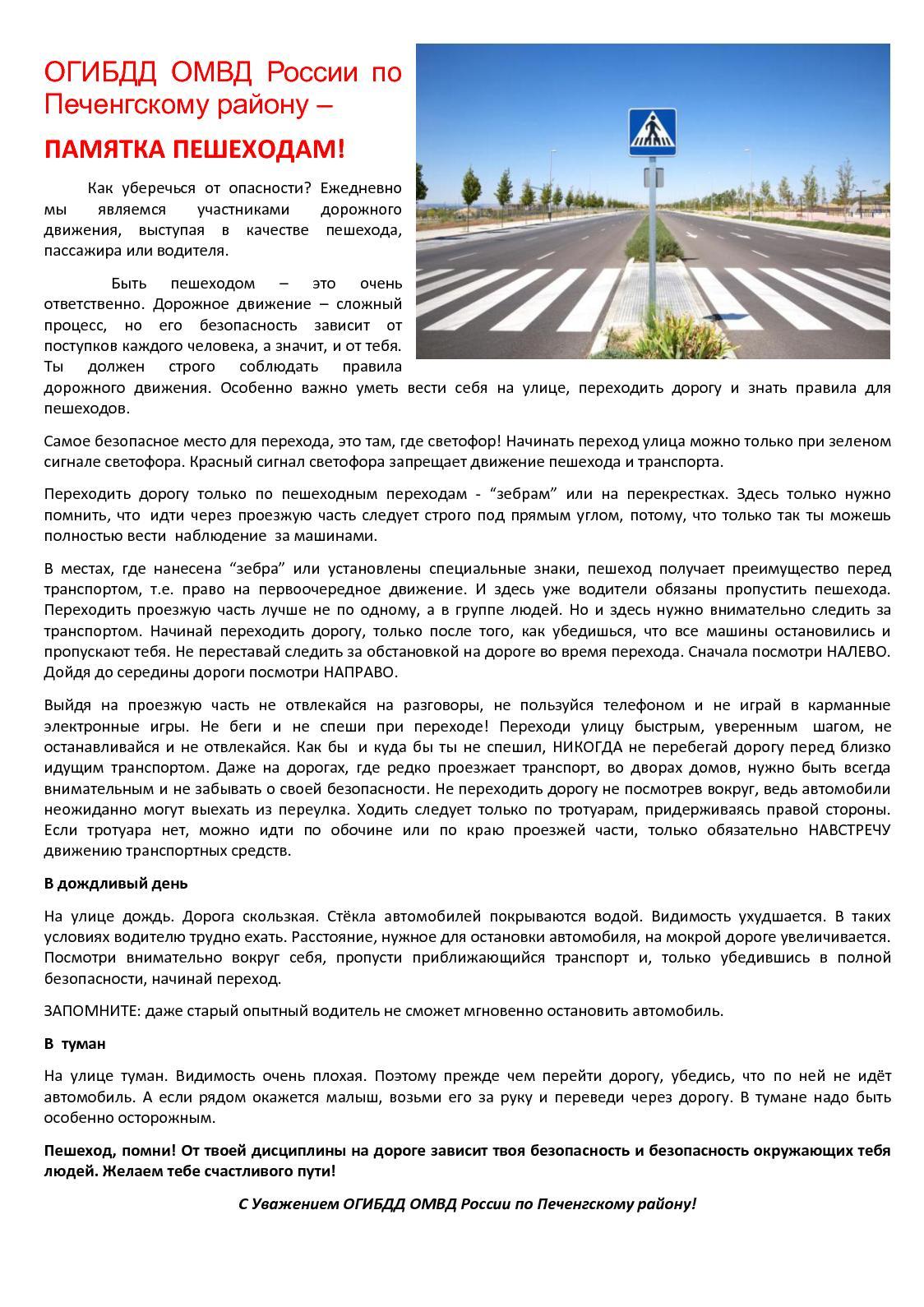
Test drive Chevrolet Camaro and Ford Mustang: the best of the Wild West

Downsizing, hybrids, electric vehicles? This is a completely different film ...
You start with a mild earthquake, and then gradually increase the drama of events ... According to the founder of one of the legendary Hollywood studios, Sam Goldwyn, this is the perfect recipe for a successful film. The main idea of this advice apparently did not elude the creators of the new Camaro, because a light touch of the start button causes an eerie rumble in the underground garage. The violent vibrations of sound waves crash mercilessly against the walls, raising concerns not only about the durability of the paint, but also about the structural integrity of the concrete base.
Against this shocking backdrop, the fact that the Mustang's engine started just a few meters away could go completely unnoticed. A Ford model can also wake up half of your neighbors in the morning, but compared to bad guy Chevrolet, his behavior is similar to the chorus of junior high school.
Lots of muscle
The differences, of course, are not related to displacement constraints, although Ford's five-liter unit is smaller than the historically correctly designated Camaro Small Block V8 6,2-liter engine. Rather, Chevrolet's marketing department chose to express the model a little more bluntly and directly with traditional American thinking in this area. Turbo? Mechanical compressors? Only people who do not know how to handle the good old cubature need such helpers. While the Ford sports car uses a state-of-the-art solution with four overhead camshafts, Chevy's eighth camshaft has only one lower camshaft, a testament to its close physiological relationship to the Corvette engine. However, the power is 453 hp. outperforms the Mustang (421bhp, 617 Newton-meters and 530 horsepower) the Mustang would also make any European competitor in this price range feel anemic, but they're not particularly impressive compared to the Camaro.
The same fully applies to the values measured on the track. At 100 km/h, the Ford model is 0,4 seconds behind (5,0 instead of 4,6), and up to 200 km/h the difference increases to more than two. Also, in the section above 250 km / h, the Camaro is left alone, since the Mustang voluntarily limits the maximum speed. Camaro accelerates to 290 km / h, but it should be borne in mind that this pleasure is not for everyone - on the one hand, the front cover begins to vibrate under the pressure of the oncoming air flow, just like a Mustang at 200 km / h, on the other hand, transverse irregularities in fast turns uncomfortably irritate the buttocks. The Mustang's behavior in such situations is much calmer.
If the two rivals are united by the presence of great strength, then this similarity cannot completely hide the differences in their characters. While the Camaro's V-7000 gives the impression of a constant predilection for violence, Ford engineers created an almost European-style car for the Mustang with extremely responsive responses and a strong desire to hit the XNUMX rpm limit. And instead of the thundering rhythm of the Camaro under full load, the sound of a sporty Ford exhibits a softness and composition that could easily be created in Munich.
Does smaller cubic capacity plus less power mean less consumption? The formula sounds logical, but unfortunately for the Ford engineers, it's wrong in this case. The thing is, when cruising at a constant speed, the Chevrolet model simply shuts off half of its cylinders - which happens quite imperceptibly in both directions and is obviously an extremely effective measure to curb the appetite of the impressive Camaro V8. In any case, the Chevy-tuned 98H unit manages to handle the test with an impressive 0,8 liters less per 12,3 kilometers than the Ford competitor (13,1 liters instead of XNUMX liters). With a quiet ride, both foreign athletes manage to limit themselves to a consumption of about nine liters, which should be characterized as a serious progress, taking into account American traditions in this area.
The eight-speed automatic transmission certainly contributes to the Camaro's fuel economy. In everyday Tour mode (Sport, Track, Snow and Ice modes are also available), it prefers higher gears, and when driving off-road, it maintains speeds in the region of 1000 per minute. At the same time, even light pressure on the accelerator pedal sometimes causes severe vibrations and unnecessary up and down gear changes. The handlebar plates, in turn, emit an unpleasant click, and the transmission takes their commands quite easily.
Actually, the manual mechanism in the Mustang (a six-speed automatic is additionally available) is not much better. The short lever requires a strong hand (especially when shifting from fifth to sixth), and shifting to a higher gear plunges the bike into a deep depression - sixth is so long that below 160 km / h it is almost impossible to achieve noticeable acceleration. Those who want to enjoy full power and keep up as far as possible with the Camaro should limit themselves to using five gears and constantly squeezing the five-liter engine.
Turns around? Sure!
However, a lot of fun for these Americans begins when long, straight stretches end. Their modern suspensions (rigid rear beams are now only a support for stagecoaches from the films about the conquest of the Wild West) not only do not stretch when cornering, but also encourage the driver to behave more dynamically. The fact is that both athletes manage to create an atmosphere of safety and trust only after a few more daring turns.
But there are also differences. On the one hand, the Camaro's hard neutral settings prove to be much more effective than the Mustang's if you're looking for maximum enjoyment on flat, dry surfaces. On the other hand, despite a lot of body wobble, with a skilled hand on the steering wheel, the Mustang handles the pylon dance a little faster than the Camaro, with its hard to judge driver's seat dimensions. Chevrolet's optional Magnetic Ride system with adaptive shock absorbers promises a lot, but in practice it's quite difficult with large undulating bumps in the road that make the ride a bit of a rodeo. The Mustang's suspension with classic shock absorbers works better - this also applies to fast turns of the track, although its handling is not as solid and with some drawbacks in terms of accuracy of reactions when deviating from the steering wheel center position.
The Ford model's softer suspension adjustment naturally has a comfortable advantage. In places where the Camaro jolts its low-profile Runflat tires merrily and noisily, the Mustang manages to act much smarter and quieter. In addition, at 180 km / h, only the satisfied bass of the V8 can be heard in the coupe, while aerodynamic and road contact noises on the Camaro reach levels that can be annoying when traveling long distances.
In conclusion, the Chevy model is closer to the brutal classics in this genre, although it is by no means old-fashioned - while the Mustang has difficulty with accurate readings of engine oil pressure and temperature, the Camaro offers a real waterfall of modern electronics, including a stock head-up display, a retention system lanes, blind spot warning and built-in WLAN internet access. The absence of all this in the Mustang seems anachronistic and is one of the reasons that ultimately gives the Camaro a slight advantage in this classic western competition.
Text: Michael Harnishfeger
Photo: Arturo Rivas

